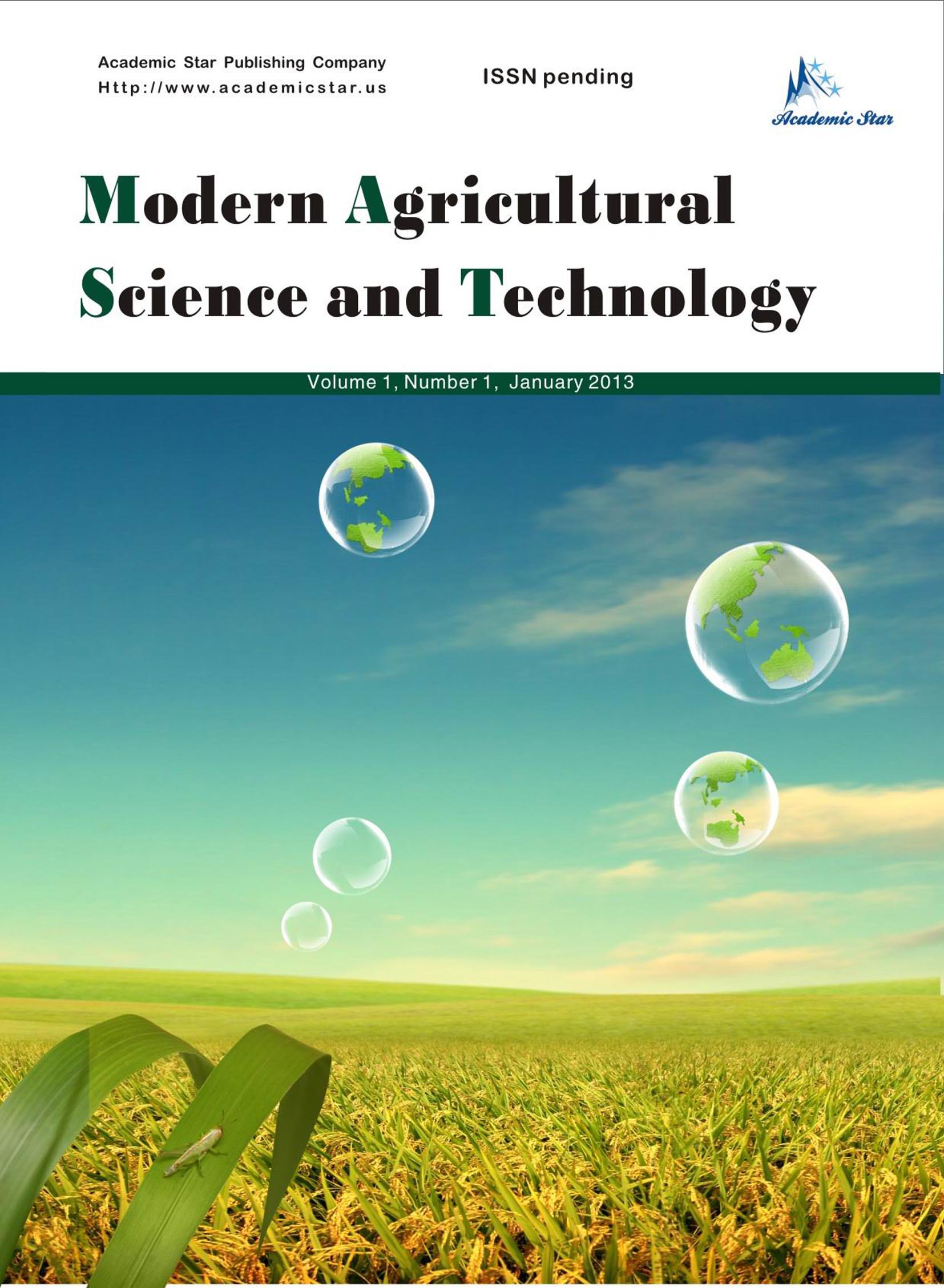Technology and Engineering

- ISSN: 2375-9402
- Modern Agricultural Science and Technology
Added Value from Industries, Introduced in Villages, Oases and
Reclaimed Lands
Hamed Ibrahim El-Mously1, 2
1. Faculty of Engineering, Ain Shams, Egypt
2. Egyptian Society for Endogenous Development of Local Communities, Egypt
Abstract: A considerable portion of the agricultural resources are being treated as valueless waste! This leads to the loss of sustainable resources as a comparative advantage and the associated opportunity of sustainable development. This can be attributed to the narrowness of the angle, by which we are accustomed to view these renewable resources, as well as the absence of the appropriate means to turn this waste to wealth. The first aspect is associated with the level of the R&D activities. The role of the researchers is, proceeding from the understanding and valorization of the traditional technical heritage of use of these resources, to issue a contemporary edition for the use of these resources, to rediscover them as a material base for the satisfaction of human needs: on the local, national and international levels. The second aspect is associated with industry. Industry here is understood in broad terms as these activities, conducted under defined conditions to transform the state, shape or properties of the agricultural resources to satisfy a certain criterion or requirement along a predetermined path of transformation to a final product. Proceeding from this definition industry includes a wide spectrum of activities including: sorting (to various sizes or quality levels), packaging, drying, freezing, pressing, squeezing, filtering, threshing, baling, etc. The above mentioned definition opens several degrees of freedom: in selection of geographical location of industry (e.g., in village, town or city), in site selection on the microscale (e.g., field, field head, house, workshop, industrial premises of various area and infrastructural requirements, manpower involved (e.g., men, women, children), source of power (human labor, sun, wind or water energy, or energy from hydrocarbons, level of technology (manual, mechanized, up to fully automatic processes), and mobility (e.g. stationary or mobile as for example fish processing on board of fishing ships). Industry could also be classified into preparatory processing of a resource and the processes of manufacture of a final product. In the paper the new vision of whole resource use will be illustrated giving different examples. A new perception of resource components will be given to associate them structurally with the performance criteria of different products/services. An integrated approach will be suggested for the industrialization of the rural areas to realize the objective of endogenous sustainable development , as well as a high added value along the value chain: from the field to the market including: selection of industrial projects, their spacial distribution and appropriate technology.
Key words: endogenous development, local communities, added value, industries, renewable material resources, agricultural residues, innovative products, traditional products, whole resource use, technical heritage






